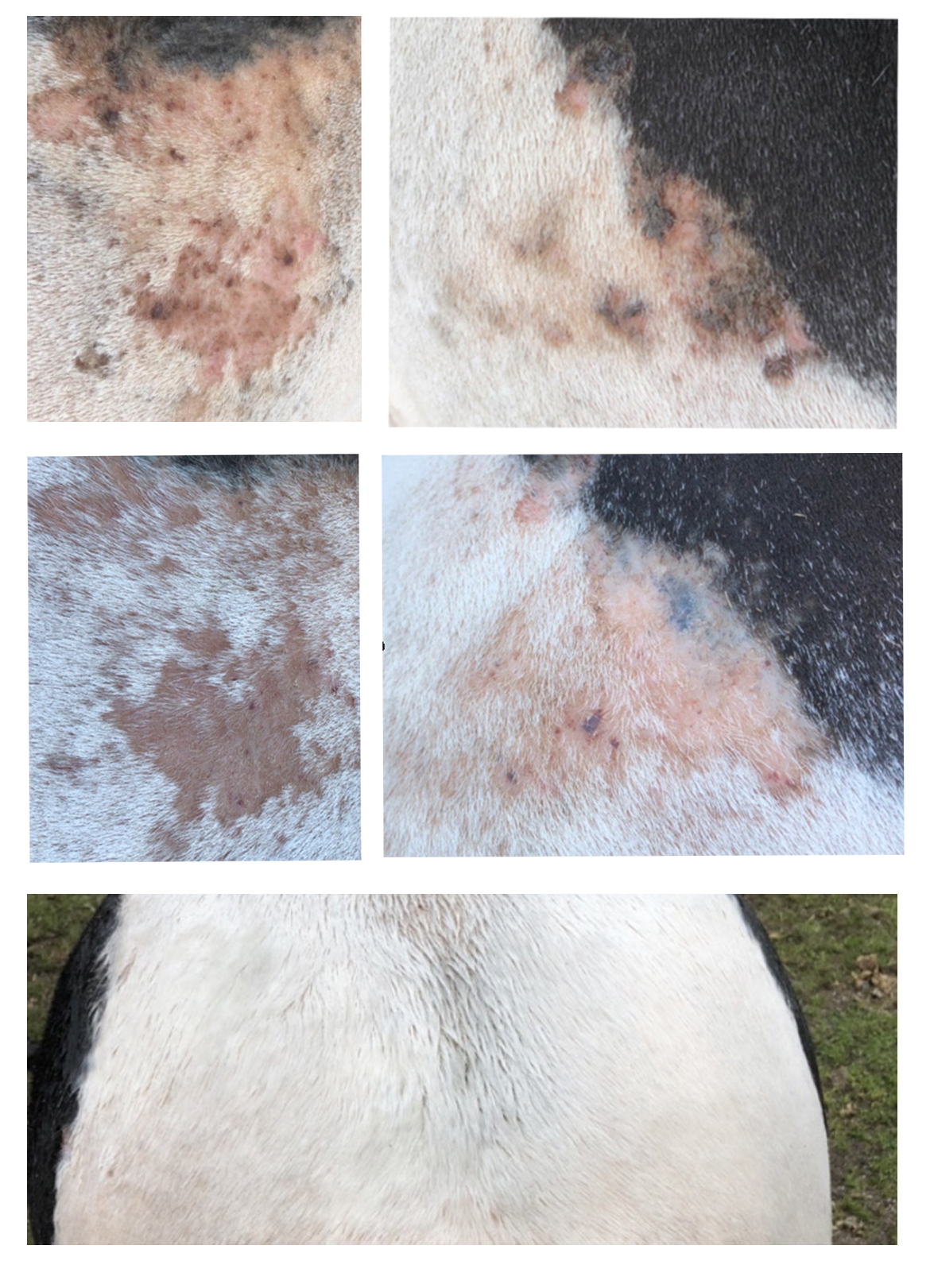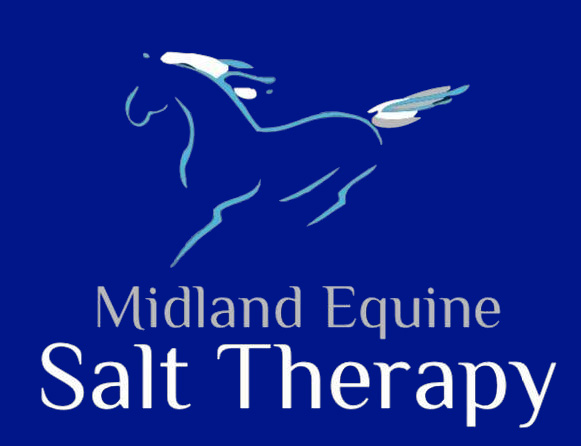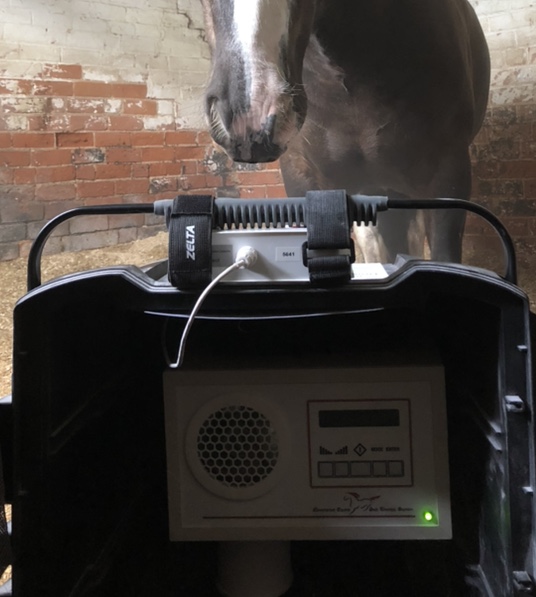Drug free, Antibacterial, Anti inflammatory and Anti fungal
What to expect from your Salt Therapy Treatment
Time: Each session lasts approx. 20 – 30 minutes
Cost: £50 per session
Where: We visit you at your yard with our mobile unit and the treatment takes place in your horses stable, where they are most relaxed. Ideally, we need an enclosed stable with a top door, and an accessible power supply.
Important to remember– To get the best from your session, we ask that horses are not worked an hour before or an hour after treatment.
How many sessions:
Skin – Depending on the severity of the skin issue we recommend an initial cleanse of 3 x 20 minute sessions over 3 consecutive days, for deep set skin issues 5 consecutive days and monitor the results, more sessions may be required followed by top ups throughout the year. We have found with the improved circulation within the skin and a feeling of well-being inside a glossy coat will show through too.
Respiratory – With respiratory issues again it would be the initial cleanse of 3 consecutive days and monitor the progress of the horse.
Top ups – It would be advised to have seasonal or periodic top ups depending on the condition of your horse, this will be discussed during the therapy session.
Pick me ups – ‘A pick me up’ is designed to give your horse a bit of a boost in his step by allowing the salt therapy to open up the airways and cleanse his respiratory system. This is a one x 20 minute session (after completing the initial 3 x 20 minute sessions at another time) this can be carried out before or after an event or just for the well-being factor if you believe your horse ‘isn’t quite right in himself’.
The Power of Salt (Sodium Chloride)
Medical grade salt
The purer the salt, the more percentage of sodium chloride, the more effective the salt will be in providing the characteristics of being super absorbent, anti-inflammatory and anti bacterial. Pure sodium chloride is natural mined salt that eliminates all the trace elements, minerals, dirt and debris so you are left with 99.99% pure sodium chloride.
The same salt that hospitals use in saline solutions that enter the body due to its purity, is the same salt to be used for dry salt therapy.
Why it works for the Skin?
The salt particles bearing a negative electrical charge come into contact with the skin and influence the skin’s protective layer and hairs by causing a ph normalisation. This activates electrical stimulation to the skin cell, increases the production of collagen fibres, which is a key process to skin repair and rejuvenation thus enhancing the overall wellbeing of the skin giving it strength and cushioning.
Additionally, negative ions, which are absorbed into the body during the therapy, help strengthen the immune system by increasing the production capacity of lymph cells. This aspect will help improve the body’s reaction to the ailment.
Breathing/lungs
Most people are familiar with phlegm. It’s the gunk you might cough up when you have a cold or the flu. This mucus is not pretty but as long as it keeps moving, it does a body good.
With certain diseases and allergies though, phlegm becomes too thick to be easily cleared. It can end up clogging the lungs, making it hard to get oxygen in and out. The question has been why does the mucus stick so firmly to the lungs.
A study finds that it all comes down to water.
“We wanted to know how mucus is cleared by cough,” says Brian Button. He studies biophysics — the physics of living things — at the University of North Carolina in Chapel Hill. Phlegm gunks up the lungs in two ways. The first is adhesion, the tendency of mucus to stick to the surface of the lungs. The second is cohesion, the tendency of mucus to stick to itself.
Some researchers thought they could thin out mucus by making it more acidic — like lemon juice.
Brian Button’s team thought maybe the thick mucus was just too dry. Normal mucus is 98 percent water and for example people with cystic fibrosis the mucus is only 79 percent water. Using the test, the team showed that the force of a cough could easily tear normal phlegm off a surface. But at 79 percent water, mucus clung too tightly. A cough would not be strong enough to propel it out of the lung’s airways.
The more watery a mucus, the more easily it tore away. When Button and his colleagues added water to samples from patients with low water percentage mucus, their mucus peeled away just fine.
These researchers shared their findings in the December 4, 2018 issue of the Proceedings of the National Academy of Sciences.
“There are so many people we could help if we can figure out how to make their mucus thinner,” says Stephanie Christenson. She’s a pulmonologist, or lung expert, at the University of California, San Francisco.
JUST ADD WATER
Drinking more water won’t solve the problem.
But there is already one method to make phlegm a little more watery. To inhale concentrated salt. If we can push salt into the lungs, water from the blood rushes in towards it and delivers it to the dry mucus. This makes mucus in the lungs thinner to flow better, making it easier
Treatment Example
Sweet itch Case Study
This horse has had chronic Sweet itch for many years and his owner had tried all the conventional treatments with no relief for the pony.
The first pair of pictures were taken on Day 1 of his treatment. As you can see the skin was very inflamed and sore with lots of scabs.
Day 5……
Three treatments later and 5 days after the first treatment, the skin is starting to clear and hair is starting to grow back.
The horse is showing signs of being generally much happier and comfortable.
Day 25……
Forth treatment, 21 days after first treatment the hair has regrown and the scabs have all gone.

We have seen amazing results with our Newmarket Equine Salt Therapy System, seeing animals with severe skin issues, with some of these issues being untouchable with some lotions and potions and yet our system is proving to be of great benefit.
Salt therapy can work alongside your vet’s advice or treatments, it is a complimentary, choice therapy and it is 100% natural and drug free.
History of Salt Therapy
Salt therapy also known as ‘Halotherapy’ originated with the Greek and Romans many thousands of years ago. ‘Halotherapy’ derived from the Greek word halos, meaning ‘salt’, is a form of alternative medicine which makes use of salt. The tale then jumps to 1843, when physicians in Poland and Russia noted that salt mine workers, far from suffering respiratory problems of typical mine workers, were fitter than the general population and rarely suffered any respiratory diseases.


